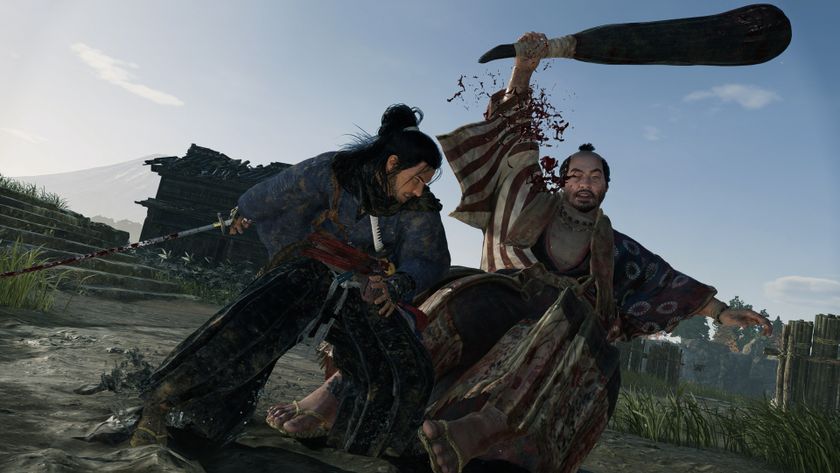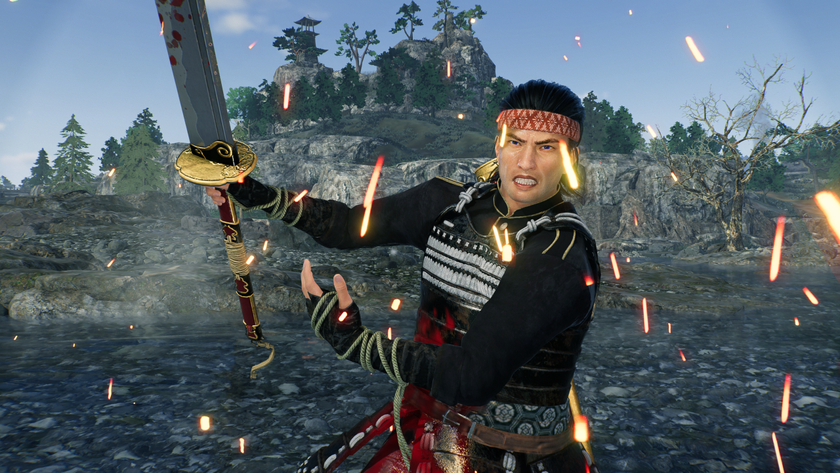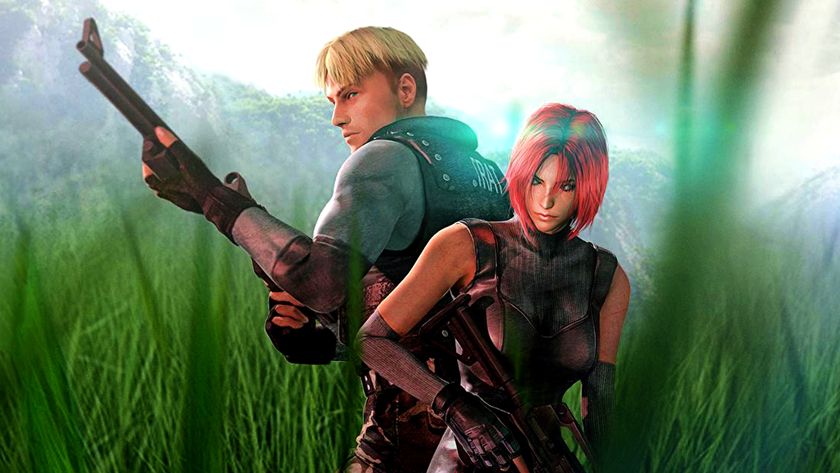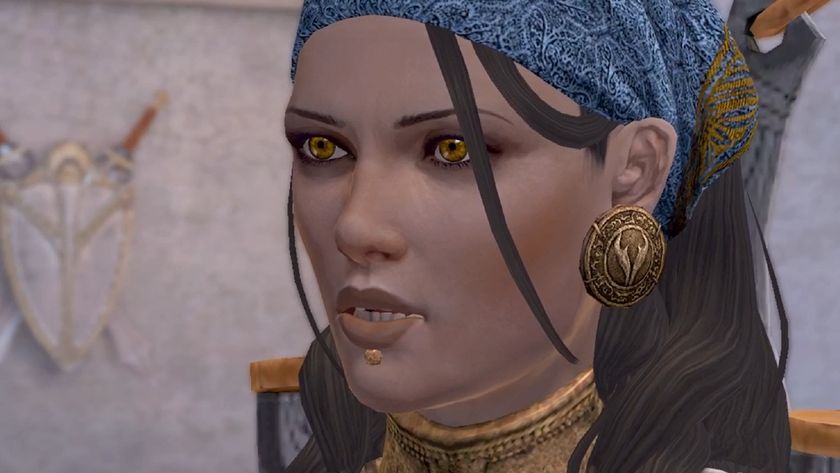A videogame history of bullet-time
Let's rake through the past of the most enduring of gimmicks. In slow-motion
Variations on bullet-time are legion, yet the essence remains the same. Slow down the action, make enemies say “Faaaarrrccck” in a deep bass, and allow the player some extra time to lock onto his or her prey. And if you can slot in a stylish visual trick with a spinny camera or a trip on the behind of a bullet, then so be it. It’s corny and it’s become hackneyed, but it sure as hell isn’t going anywhere anytime soon.
You’ve no doubt come across bullet-time in your gaming career – even the old NES games inadvertently produced unforeseen John Woo-isms when too many sprites got on screen. Since then though, bullet-time has not only garnered a name but also a checkered past. In gaming, the phrase bullet-time has spread to cover everything that involves a spot of slow-motion. When talking about it in films, however, we should first track the phenomenon of bullets seen cutting through the air, which didn’t begin with The Matrix.
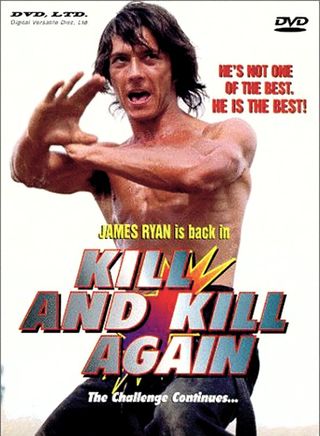
The very first side-on shot of a bullet in flight came in the low-budget action movie Kill and Kill Again, a film that sees its hero, Steve Chase, go up against the evil Marduk and his army of remote controlled karate slaves. You’d be advised to check out the trailer, mainly because it’s hilarious, but also because it contains part of its climactic 10 second bullet-time-slice that gives Chase enough breathing room to deflect a bullet with an ash tray.
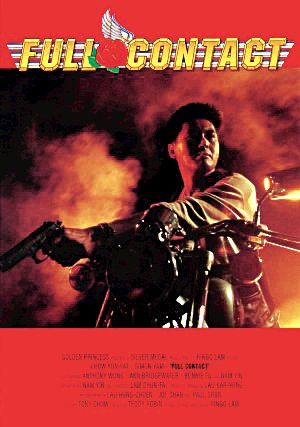
The first ‘bullet ride’, meanwhile, in which the camera trails the path of a bullet up until the point of impact came in a night club scene in Ringo Lam’s 1992 Hong Kong actioner Full Contact. The film also starred a young Chow Yun Fat who had made slow-motion gunplay his own through the astonishing films of John Woo, such as A Better Tomorrow (1986) and Hard Boiled (1992). It was these influences that would give rise to the gunplay of Max Payne, a title that was already in development when the movie that went on to secure bullet-time’s noble place in the next decade of gaming was released, The Matrix.

The Matrix’s green-screen treatment of bullet-time was nothing short of revolutionary, yet aside from the Woo-isms of Hong Kong cinema, there was another unlikely inspiration for the Wachowski brothers’ barnstormer: the opening credits of the ’60s Japanese cartoon series Speed Racer. The Wachowskis would go on to release a live-action version of Speed Racer in 2009, but in 1999 they were content take inspiration from the way each episode’s opening contained a freeze-framed hero leaping from his car, while the camera circled around him. This bit of anime became the model for some of The Matrix’s most iconic moments.
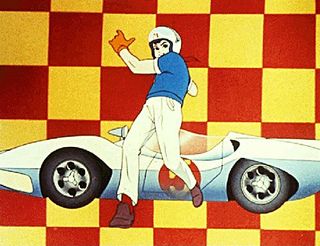
Other early cinematic uses of bullet-time could be found in movies like the original Blade (1998) and music videos such as Korn’s Freak on a Leash (1998). But it was after The Matrix that slow-motion’s use became truly ubiquitous in rip-offs, pastiches and gaming. All these influences fed into one of the most ubiquitous of shooter mechanics of times to come. What will be known in common parlance as bullet-time until the end of civilization now goes by multiple silly names in whatever shooter it remedies, or sometimes pollutes. The term ‘bullet time’ is trademarked by Warner Bros. (prior to which it was owned by former Max Payne pushers 3D Realms) so to avoid treading on toes, many games have plowed their own slow-motion furrow in terms of naming their wares.
Bullet-time quiz bonanza!
Want to play? Simply link the correct game to the stupid synonym for ‘slow motion gameplay’. (Answers at the end of the article)
Sign up to the 12DOVE Newsletter
Weekly digests, tales from the communities you love, and more
GameBullet-time alterno-word
Jade EmpireZed Time
FEAR Mire
PainkillerSlow time
John Woo’s Stranglehold Temporal Dilation
Doom 3: Resurrection of EvilConcentration Mode
Mirror’s EdgeAdrenaline
Call of Juarez HellTime
TimeShift Reaction Time
Wolfenstein Reflex Time
Killing Floor Haste
Singularity Tequila Time
Dark Messiah of Might and Magic Focus Time
A chronicle of 13 years of slow-motion shooting and explosions
1997 - MDK
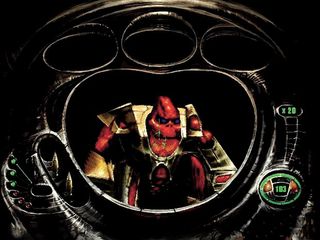
A forgotten feature of this masterpiece, the sequel of which is reportedly having a revamp in coming months, was that as you fired off sniper shots, three windows above your scope would ‘bullet ride’ the path your former shots were already taking. MDK was ahead of its time in more ways than could be counted, and its cheeky backpack-chute hasn’t even been topped by Just Cause 2, so chalk up its window-in-window projectile-chasing as another sign of its unrepeated genius.
1999 - Unreal Tournament
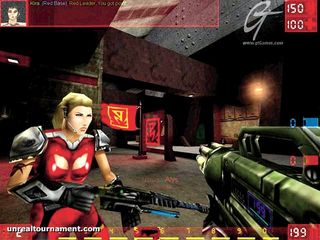
Years later Unreal Tournament III would introduce its brilliant (if never used by anyone) bubbles of slow-time. However, the original UT had a slo-mo feature hidden in its console when you played bots in its practice modes. Tapping in ‘Slomo 0,1’ had you moving through molasses, ‘Slomo 0,8’ placed you in a light syrup, ‘Slomo 10’ ramped the game up to the speed of light. Let’s not forget the flyable Redeemer rounds, the bullet-ride to end them all.
1999 - Requiem: Avenging Angel
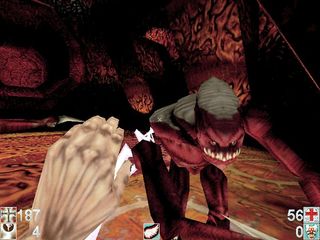
As an angel on a mission from God, one of your powers was to warp time or, in more common parlance, to slow it the hell down while you knocked seven bells out of the Fallen and broke up their wicked plan to launch a space craft that would in turn collide with heaven. Released in the shade of Half-Life, Requiem didn’t set the tills on fire but it at least brought temporal trickery to the masses. Well, some of the masses.

